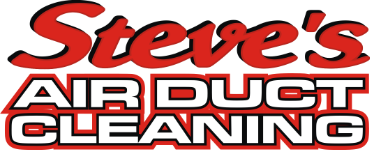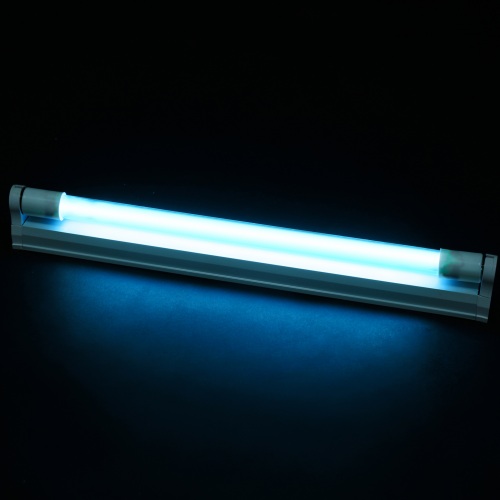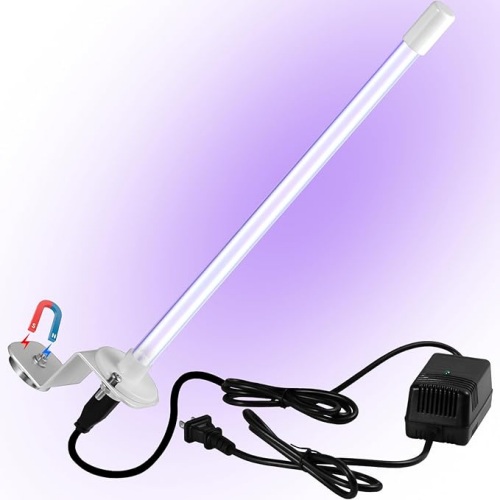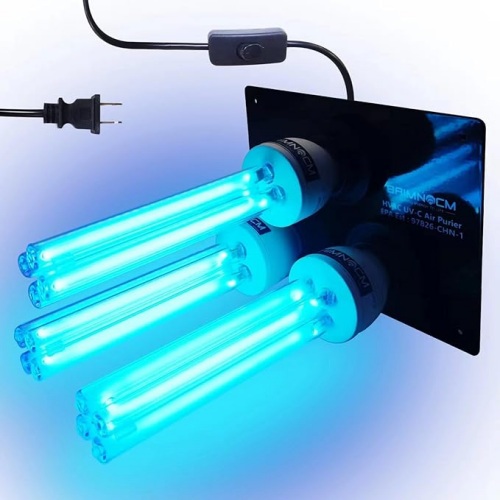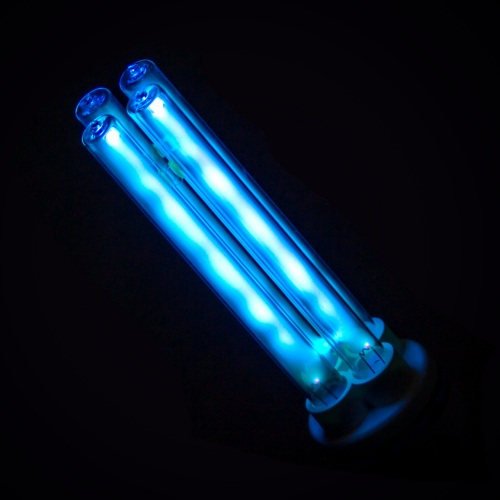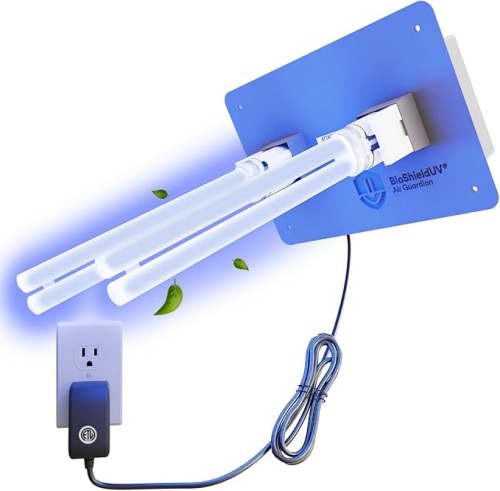Do You Need UV Lights in Your HVAC System?
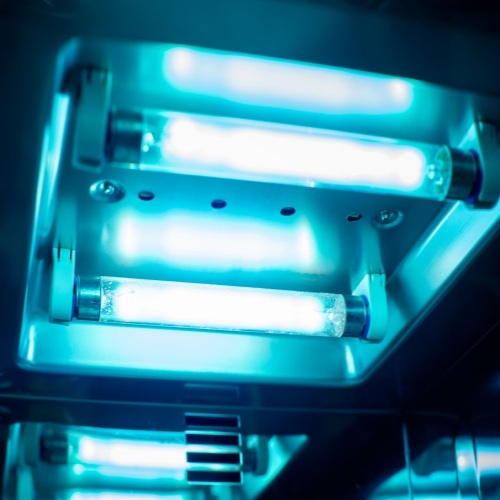
UV, or ultraviolet light has long been used to kill various types of microbes including bacteria, fungus and viruses. In recent years it's found its way into HVAC systems as an add-on for the purpose of preventing the growth of mold in the system and improving indoor air quality. But are UV lights in the HVAC system really necessary? In this post we'll look at the pros and cons of using UV light and whether air duct cleaning is a better alternative.
The Different Types of UV Lights for HVAC Systems
All UV light used to kill microbes in HVAC systems is UVC light (as opposed to UVA or UVB). The specific mission of UVC light will vary depending on where it is located within the system.
The job of the evaporator coil in your HVAC system is to provide the refrigerant used to cool your home. The area around the evaporator coil is always damp and cool, making it a fertile breeding ground for bacteria. The job of UV lights placed in this area is to eliminate these microorganisms so that they are not able to circulate through the ductwork and get breathed in by you, your loved ones or your guests.
When UV lights are placed in the ductwork they are referred to as "air sanitizing lights". In essence their purpose is to act like a house-wide air purifying system. In theory any bacteria or other malicious microbes not eliminated by the evaporator coil lights are eliminated by the air sanitizing lights. In theory. Whether that actually happens in practice is open for debate. But more on that in a few moments.
To better understand how these systems function, it helps to know the primary types of UV lights used in HVAC applications. Each serves a unique purpose and is installed in a different part of the system.
- Coil Sterilization UV-C Lights – These lights are mounted near the evaporator coil and remain on 24/7. Their purpose is to eliminate mold and microbial growth on the coil's moist surfaces, preventing spores from entering the air stream.
- Air Sanitizing UV Lights – Installed within the ductwork, these lights disinfect moving air as it flows past. They’re generally synchronized with the HVAC blower fan and help reduce airborne pathogens throughout the entire system.
- Dual Lamp UV Systems – This type combines both coil and air sanitization functions using separate or integrated UV bulbs. It offers broader microbial control by treating both surfaces and circulating air.
Each UV light type has its own pros and considerations when it comes to installation, effectiveness, and maintenance. The table below highlights some key differences to help you compare your options.
| UV Light Type | Primary Location | Purpose | Operational Mode | Maintenance Frequency |
|---|---|---|---|---|
| Coil Sterilization UV Light | Near evaporator coil | Prevent mold/bacteria on surfaces | Constant (24/7) | Every 1–2 years |
| Air Sanitizing UV Light | Inside ductwork | Disinfect circulating air | Runs with blower fan | Every 1–2 years |
| Dual Lamp UV System | Coil + ductwork | Combination of both effects | Hybrid (varies by setup) | Every 1–2 years |
Choosing the right UV light depends on your HVAC system’s layout and your specific air quality goals. While coil sterilization helps improve system efficiency, air sanitizing lights target airborne microbes. Dual systems offer comprehensive protection but at a higher initial cost and complexity.
The Pros and Cons of Installing UV Lights in Your HVAC System
Pros
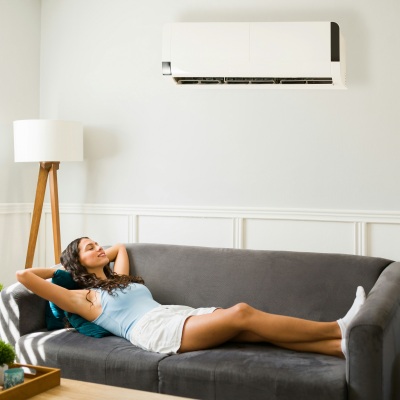
- Better indoor air quality – There is evidence to suggest that installing UV lights in your HVAC system can improve the quality of the air circulating through your house by removing various microbes that could cause respiratory distress or make symptoms of asthma or allergies worse than they would otherwise be.
- A better-smelling house – During the growth cycle of mold and mildew, they release volatile organic compounds that produce musty, stale odors that can permeate your Arvada home. By eliminating some or most of those microbes with UV light you can eliminate some or most of the odors they produce.
- A longer lifespan for your system – An HVAC system that is operating free of obstructions on its evaporator coil and within its ductwork is one that will operate more efficiently, saving you money on your energy bills and ensuring a long, healthy life for the system in general.
- Low maintenance – Once installed the UV light system requires very little by way of maintenance. Simply have the UV lamps replaced every 1 - 2 years. A lot of homeowners find this feature of UV lighting to be particularly attractive.
- Environmental friendliness – At no point during the installation or operation of UV lights in the HVAC system do they emit any type of substance that could be harmful to the environment. For the eco-conscious, this can be an important, even determining, factor in deciding whether or not to go the UV light route.
Cons
- The cost – It is difficult to estimate the cost to install UV lights in your HVAC system. That's because - unless you are an HVAC expert yourself - you will have to hire someone to do the installation. The final cost will also be affected by the age and type of your system and the size of your home.
- Safety concerns – While UVC light is not the same as the UVA light that causes sunburn there are still questions about the safety of repeated exposure to this type of light. It is recommended that when the UVC lights are on you give them a wide berth just to be safe.
- Effectiveness – While UV light is known to kill bacteria and other viruses it does nothing to address pet dander, pollen, dust mites and other allergens and irritants circulating through your ductwork. Therefore it is unable to significantly improve indoor air quality by itself. Some have raised questions about the overall effectiveness of UV lights in HVAC systems. The lack of scientific studies looking into the subject doesn't help put those questions to rest. Does it likely help reduce microbes in your HVAC system? Yes. But how much is open to debate.
- Potential collateral damage – Though not a certainty it is possible that after prolonged exposure to UV light certain materials in the HVAC system made from plastic or rubber could degrade and ultimately fail, requiring expensive repair and replacement work.
"UV-C light can damage eyes and skin, so it’s important to observe the safety precautions provided in the manual. These include the proper safety apparel for the operators, and the safe way to operate the system."
SOURCE: Honeywell Aerospace, "How Does UVC Technology Work?"
Which is Better: UV Lights or HVAC Cleaning?
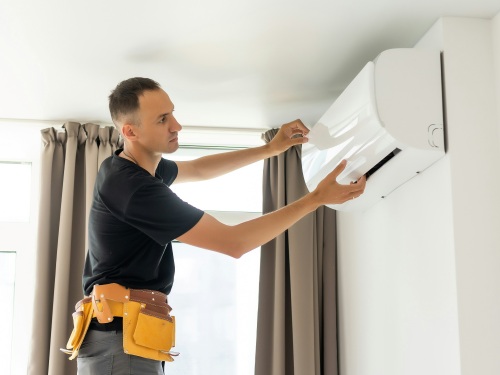
The issues that continue to swirl around UV lights for HVAC systems have raised the question of whether homeowners should take a pass on UV light and opt for duct cleaning instead. It's a good question.
As we pointed out above there is little scientific evidence supporting claims that UV light will significantly improve air quality in your home, while there is a mountain of evidence that air duct cleaning will, if only because it addresses mold and mildew as well as other irritants, allergens and airborne contaminants.
A thorough cleaning of your ducts will also remove any built-up dust, dirt and debris in the ducts that could be impeding the efficiency of your system. And that is yet one more thing that UV lights cannot do.
To help illustrate the differences, the table below compares several key aspects of UV lights and HVAC cleaning from the perspective of an air duct cleaning company.
| Feature | UV Lights | HVAC Cleaning |
|---|---|---|
| Removes dust, dirt, and debris | No | Yes |
| Kills mold and bacteria | Yes (selectively) | Yes (physically removed) |
| Improves airflow efficiency | Indirectly | Directly |
| Immediate visible results | No | Yes |
| One-time vs recurring service | Requires bulb replacement every 1–2 years | Typically performed every 6–12 months |
Explore Our Air Vent Cleaning Services
To learn more about the air vent cleaning services we offer throughout the Denver area, visit the page below.While UV lights may offer some benefit in reducing certain airborne microbes, they do not address the root causes of poor indoor air quality like dust buildup and blocked airflow. Duct cleaning, on the other hand, provides comprehensive physical removal of contaminants and helps restore HVAC efficiency.
For homeowners concerned with long-term air quality and system performance, duct cleaning offers a more proven, results-driven solution. When budget or timing allows, combining both approaches can offer the best of both worlds.
Trust Steve's Air Duct Cleaning in Arvada
Whether you choose to have your air vents cleaned in conjunction with UV light installation or instead of installing UV lights in your system get in touch with Steve's by calling 720-419-7792 and ask about our state-of-the-art air duct cleaning service.
We'll make sure every square inch of your ductwork is squeaky clean and devoid of dirt, dust, pollen, pet dander, mold, mildew and more, and do so for a price you'll find budget-friendly. So give us a call today and schedule cleaning for your air ducts.
Start Breathing Easier.
Your air ducts are the lungs of your home and keeping them clean keeps you and your family healthier and your HVAC equipment working optimally.
